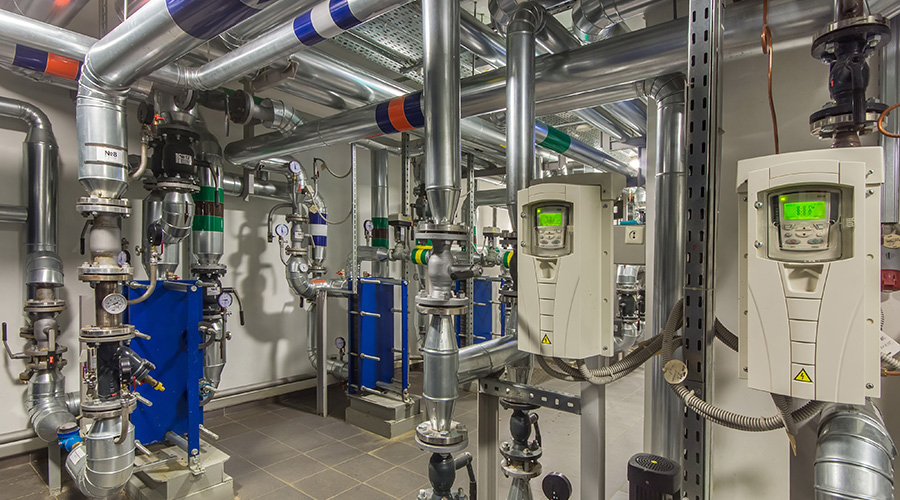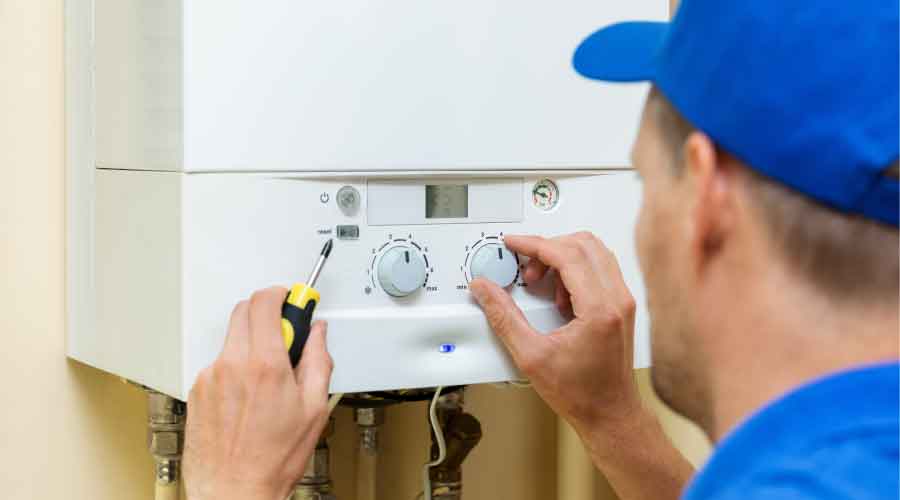Introductions: Three Facility Managers, Three Upgrades
The three facility managers interviewed for this article recently undertook large HVAC upgrades.
1. RICK MARTORANO, Arizona State University, replaced a building control system on campus. "A complete control system was needed due to component failure of the last system," Martorano says. The original system, which dated back to 1993, had been malfunctioning. "We could not obtain repair parts, so we limped along under manual control for several years," he says.
2. KEVIN DEVINE, Brookfield Properties Corp., is responsible for several of the largest Class A office buildings in Los Angeles, including the Bank of America building. One recent project included replacement of variable frequency drives and CO2 monitoring.
"We replaced the items because some of the existing drives were starting to fail," he says. "They were operating at 100 percent, which isn't efficient." Goals were to improve reliability and energy savings, as well as BAS compatibility and better integration with alarms.
3. JIM COOKE, Toyota Motor Sales U.S. operations, undertook the ongoing replacement of HVAC units. "We are in the process of replacing many self-contained, single and multi-zoned package roof top HVAC Ôboxcar' units that have exceeded their useful life," he says. "We're also replacing compressors as they begin to fail."
Cooke says that many of his organization's facilities have HVAC equipment that has been in service for 25 to 30 years. Toyota's facility equipment maintenance program has allowed Cooke and his team to get extended life from this equipment.
"But we're starting to see increased maintenance, signs of impending failure of major components and a lack of efficiency compared with new equipment."
Toyota's facility team replaces end-of-service-life units with comparable units that employ current engineering technology, non-CFC refrigerants, true BACnet control interfaces and the most energy efficient units from a life-cycle cost perspective, says Cooke.
— Loren Snyder |













